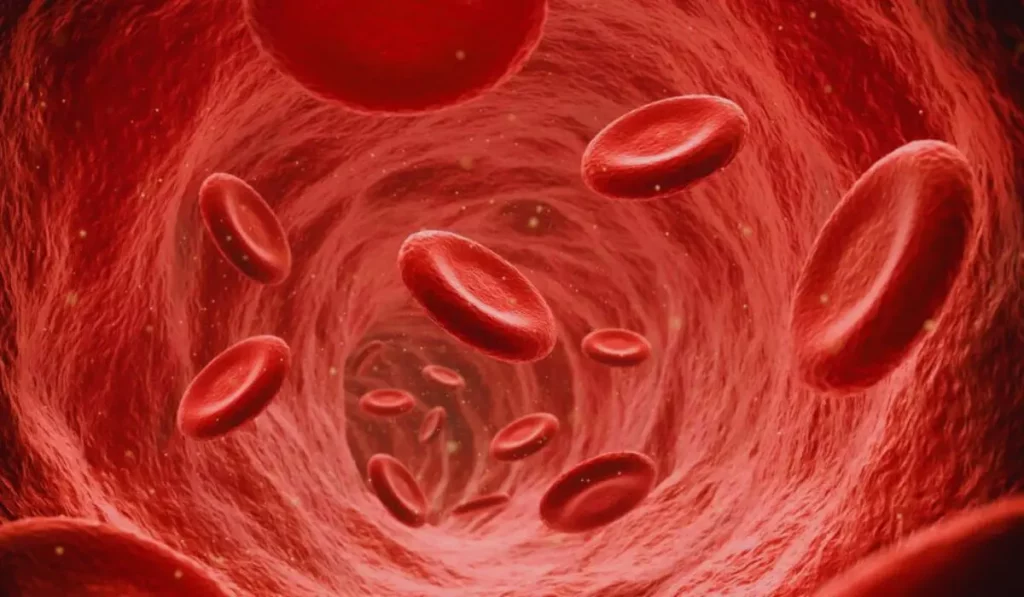Internal bleeding is a grave medical condition that transpires when blood escapes from blood vessels and pools within the body. Unlike external bleeding, internal bleeding is a stealthy foe, concealed within the body’s confines. It can stem from a variety of causes. They include injuries and underlying medical conditions.
Let’s check the symptoms of internal bleeding and how to spot them.
Comprehending Internal Bleeding
Internal bleeding can manifest almost anywhere in the body. It affects vital organs, tissues, and cavities. Common triggers for internal bleeding include traumatic injuries such as car accidents, falls, or sports-related mishaps. Along with that, there might be underlying medical conditions (like ulcers or blood clotting disorders). If not, then there might be side effects of certain medications.

The crux of effectively addressing internal bleeding is the timely recognition of its symptoms. If you encounter any of the following indicators, get medical attention immediately.
Abdominal Pain or Tenderness:
Internal bleeding in the abdomen can present problems. These include severe pain, tenderness, or discomfort. Pain may intensify with movement or pressure.
Lightheadedness and Weakness:
Internal bleeding can lead to a drop in blood pressure. This results in lightheadedness or dizziness. You may feel weak and unsteady on your feet.
Swelling and Bruising:
Following trauma or injury, swelling and bruising may manifest on the skin’s surface. Swelling can denote bleeding beneath the skin or within muscles.
Headache, Confusion, or Loss of Consciousness:
Brain bleeding may cause symptoms. They include severe headaches, confusion, slurred speech, or even loss of consciousness. These signs warrant immediate attention.
Blood in Vomit or Stool:
The presence of blood in vomit or stool may indicate gastrointestinal bleeding. Stools may appear dark, tarry, or visibly bloody.
Coughing Up Blood or Bloody Sputum:
This can signify internal bleeding within the lungs. Immediate contact with a healthcare professional is vital if you experience this symptom.
Pain and Joint Swelling:
Joint pain and swelling can hint at internal bleeding within a joint, often due to conditions like hemophilia. The affected joint might feel warm to the touch.
Rapid Heart Rate and Shortness of Breath:
Internal bleeding can lead to a rapid heart rate and shortness of breath. This is especially true when there is a substantial drop in blood volume. These symptoms should not be ignored.
Abdominal Distention or Rigidity:
In some instances, the abdomen may become distended or feel rigid and unyielding due to internal bleeding. This could be a grave concern.
Bleeding from Unhealed Wounds:
If you have a wound that continues to bleed profusely and doesn’t appear to clot, it might indicate an underlying clotting disorder or internal bleeding.
Suspecting Internal Bleeding
Seek Immediate Medical Attention: If you or someone else is experiencing severe symptoms, seek assistance. The symptoms include problems such as confusion, loss of consciousness, or profuse bleeding. It is time to head straight to the nearest emergency room.
Stay Calm: Maintaining composure is vital. Stress and panic can increase symptoms like high blood pressure and a rapid heart rate.
Avoid Medications: Refrain from taking non-prescribed medications. Avoid medicines like aspirin or ibuprofen, as they may increase bleeding.
Elevate the Affected Area: If you suspect internal bleeding in a limb, elevate the affected area to reduce swelling and enhance blood flow.
Do Not Apply Direct Pressure: Unlike external bleeding, direct pressure may not be effective in the case of internal bleeding. Focus on seeking professional medical assistance.
Preventing Internal Bleeding
Drive Safely: Always wear seat belts when driving or riding in a vehicle and remain free of distractions to prevent accidents.
Use Safety Equipment: In activities such as sports, don appropriate safety gear like helmets and padding to safeguard against injuries.
Exercise Caution with Medications: If you are on medications such as blood thinners, diligently adhere to your healthcare provider’s instructions and attend regular check-ups.
Manage Underlying Conditions: If you have a medical condition that heightens the risk of internal bleeding, work closely with your healthcare team to effectively manage the condition.
Discover More: Turmeric And Joint Health – Is Turmeric Good For Joint Pain?
Conclusion
Internal bleeding is not a matter to be taken lightly. Recognizing its symptoms is pivotal to receiving timely medical attention and the appropriate treatment. In cases of severe or life-threatening symptoms, don’t hesitate to summon emergency assistance, as swift action can significantly impact the outcome and ensure a positive result.
Discover More: Joint Stiffness – Causes, Symptoms & Treatment